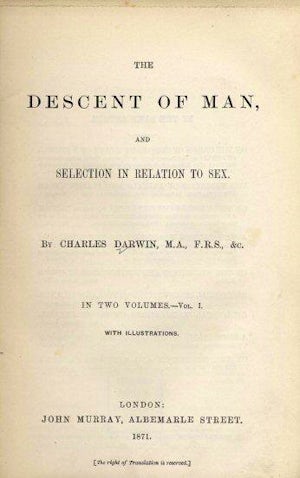1941. The Legislature of Arkansas attempts to pass a sterilization bill. The aim of this Bill was eugenic in nature. It sought to prevent the reproduction of those individuals residing within the state considered to have "undesirable" traits.
The Bill outlines that a Arkansas State Board of Eugenics was to be created that would, much like those found in other states, oversee sterilizations within the state; the board would consist of the superintendent of the Arkansas state mental institution, a practiced physician of sterilization cases, and the dean of the Arkansas medical school. The Bill further sets out that individuals could be targeted for sterilization by the eugenics board if they were deemed at risk for having "undesirable" offspring (Kaelber, 2011).
This Bill is similar in scope and content to other state sterilization legislation of the era. Although the bill did not pass, the reasons suggested for its failure are interesting. Unlike other failed sterilization legislation of the time, this Bill was unsuccessful in garnering support in the Legislature because, it has been suggested, it looked too much like a form of "socialized medicine". It is further interesting to note that attached to this Bill was another bill proposing publically funded contraceptives policy (Kaelber, 2011)
In terms of impact, as this bill did not pass, no sterilizations took place in Arkansas. The Bill is nevertheless interesting because it highlights some of the tensions within the eugenics movement. Specifically, that eugenic policies and practices had to compete and be balanced against political forces.
-Luke Kersten
Kaelber, L. (2011). Eugenics: Compulsory Sterilization in 50 American States. Retrieved from http://www.uvm.edu/~lkaelber/eugenics/AR/AR.html.
 1869:
Galton publishes Hereditary Genius
1869:
Galton publishes Hereditary Genius
 1871:
Charles Darwin publishes The Descent of Man
1871:
Charles Darwin publishes The Descent of Man